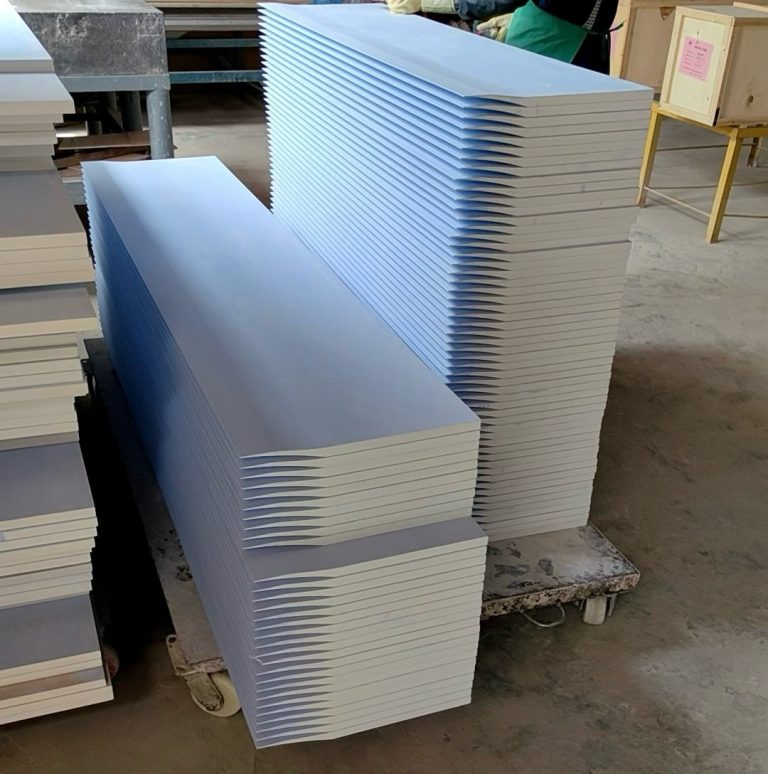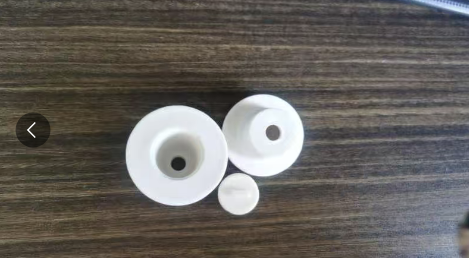Aluminosilicate ceramic fiber and ultra-high temperature fibers are widely used in high-temperature thermal equipment. However, many customers have questions regarding their differences from asbestos. This article will provide a detailed overview of alkaline earth silicate fibers, aluminosilicate fibers, and polycrystalline fibers (PCF).
Key Differences from Asbestos
Unlike asbestos fibers, Which possess a crystalline structure that allows them to split longitudinally into thinner fibers. Aluminosilicate and refractory fibers (ASW/RCF) have a different structural behavior. This splitting mechanism makes it difficult for the body’s natural clearance processes to eliminate the thin asbestos fibers. Their length does not significantly change.

Importance of Fiber Diameter
Fiber diameter plays a crucial role in exposure risks. Thinner fibers have a higher likelihood of reaching the deep lung areas. For instance, this, combined with the high biopersistence of amphibole asbestos, results in a very high dosage reaching the deep lungs. There, they can remain for extended periods. Additionally, thinner fibers tend to stay airborne longer. This increases overall dust exposure levels.
In contrast, ASW/RCF fibers are significantly thicker than asbestos fibers, resulting in poorer respiratory capacity. They remain airborne for shorter durations. This leads to much lower dust generation during the handling of ASW/RCF products, as demonstrated by epidemiological studies measuring cumulative exposure.

Assessing Dosage and Bio-persistence fiber
The concept of dosage to the target organ—the lungs—also considers the biological persistence of the fibers. ASW/RCF fibers have a biopersistence that is approximately 10 to 15 times lower than that of amphibole asbestos. This means that the amount of ASW/RCF in workers’ lungs is far less than the burdens experienced by asbestos workers in the past.
Experts agree that dosage is a critical factor when assessing risk. Considering the various parameters mentioned above, the estimated relative risk potential of ASW/RCF is approximately 800 times lower than that of amphibole asbestos.
Conclusion
While significant diseases have been observed among workers exposed to asbestos after 10 to 40 years, no cases of pulmonary fibrosis or lung cancer have been found in workers exposed to ASW/RCF even after over 60 years of production. Understanding these differences is essential for making informed decisions regarding the use of high-temperature fibers in industrial applications.
By addressing these concerns, we aim to clarify the safety and efficacy of using aluminosilicate and ultra-high temperature fibers in high-temperature environments. This ensures better health outcomes for workers in the industry.












